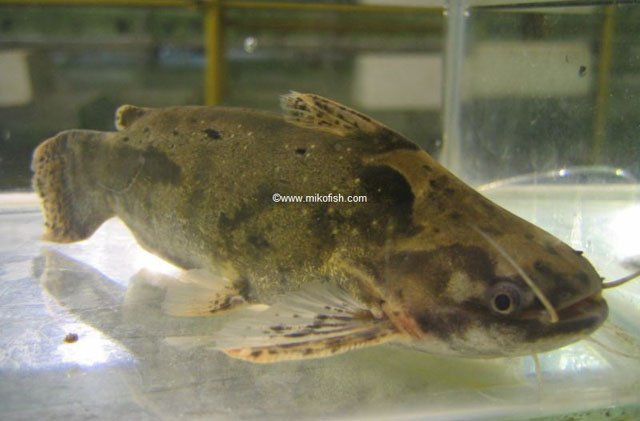| Auchenipteridae (Driftwood catfishes), subfamily: Auchenipterinae |
| 30 cm TL (male/unsexed); 23 cm TL (female); max.weight: 675.0 g; max.weight: 247.0 g; max. reported age: 3 years |
|
demersal; freshwater; pH range: 6 - 7.5; dH range: 18 |
| South America: Widespread in northern South America. |
|
Dorsal spines (total): 1-1; Dorsal soft rays (total): 5-6; Anal spines: 0-0; Anal soft rays: 20-25. The body is stocky, the head a little depressed, the inferior jaw a little prognathous, the cephalic helmet covered with finely pigmented skin in adults, with a fontanelle shorter than the orbital diameter (Ref. 35381). |
| Occurs in swamps. Well-adapted to hypoxic environments, being able to survive for hours, emerged. Adults feed on small fishes, arthropods, worms and sometimes on fruits (Ref. 35381). The spiny structure of the pectoral fins enables the male to hold the females during mating (internal fertilization). Sperm can be kept in the female's genital tract for several months, owing to a gelatinous emission from the seminal vesicle of the male. At maturity, the size of the adhesive eggs (20% of the female's weight) is 3 mm. Nine days after hatching, alevin size is 1.5 cm and they feed on microscopic worms or small insects. At around 11 days, their negative phototropism pushes them to hide themselves under branches or rocks. Its pink flesh is highly appreciated by the local population (Ref. 27188). |
|
Least Concern (LC); Date assessed: 20 August 2020 Ref. (130435)
|
| harmless |
Source and more info: www.fishbase.org. For personal, classroom, and other internal use only. Not for publication.

